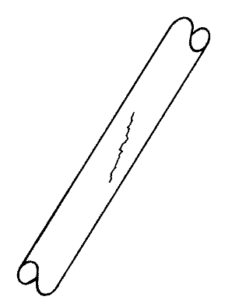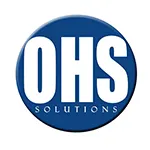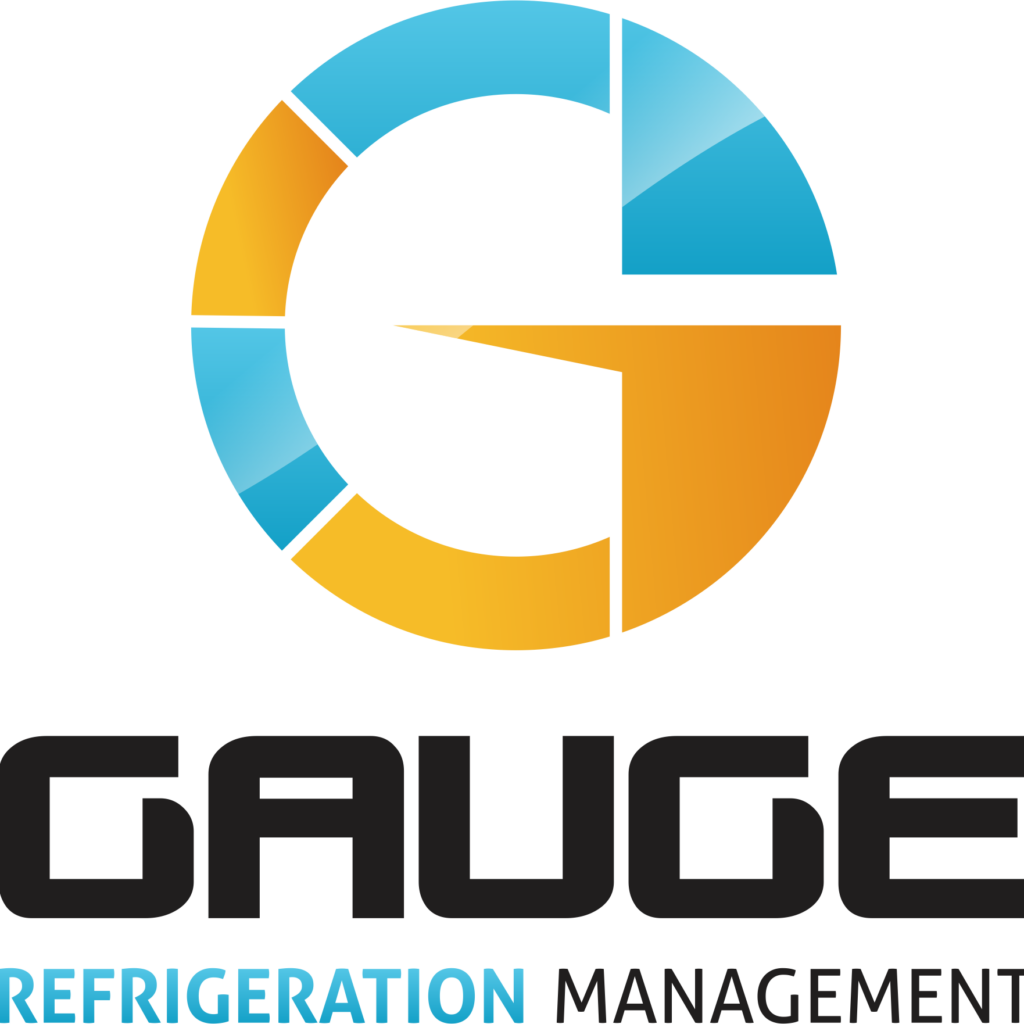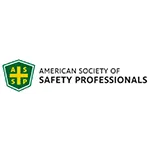SAFTENG Has
- Over 17,500 categorized unsafe acts/conditions and accident/injury photos
- Over 1,400 ppt's & doc's
- Over 3,900 technical articles on Process Safety & Occupational Safety & Health matters
- Over 400 videos
CLICK HERE to Renew your Membership
CLICK HERE for a NEW Membership
CLICK HERE to see eligibility requirements for FREE Membership
If you have any questions, please contact me
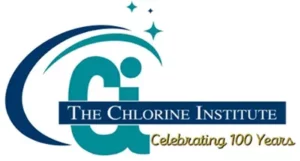
I am proud to announce that have extended our”Partners in Safety” agreement for another year (2025).
CI Members, send me an e-mail to request your FREE SAFTENG membership.





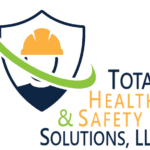


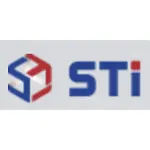

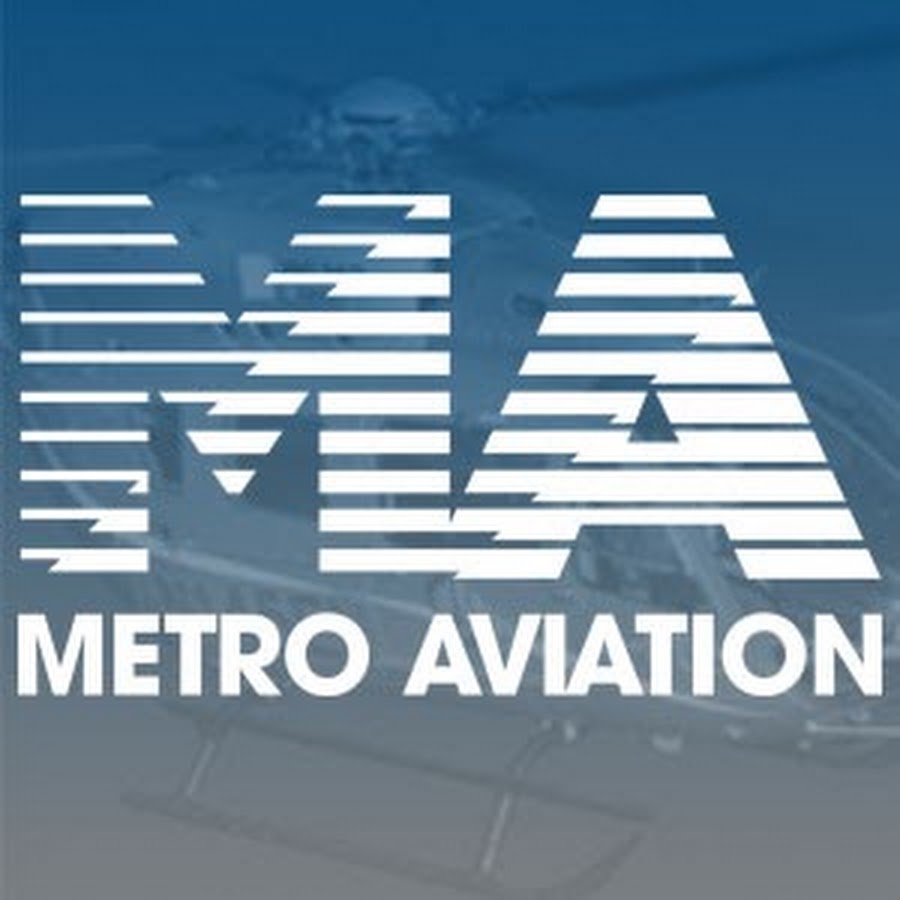
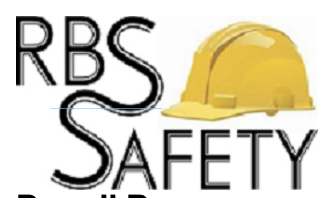


September 6, 2020
The Transportation Safety Board of Canada (TSB) has released its investigation report (A19O0063) into the May 2019 collision between a fuel truck and a plane at Toronto/Lester B. Pearson International Airport, Ontario. The investigation highlights the importance of passengers familiarizing themselves with safety information and following instructions from flight attendants during emergencies.
On 10 May 2019,...
Read More
September 4, 2020
The DOT ERG identifies chemicals as being shipped “inhibited” or “stabilized” and have a “P” listed with their guide number meaning that the chemical can polymerize. These inhibitors are TIME and TEMPERATURE dependent! The inhibitors can be tested and more inhibitor added if necessary, albeit VERY RISKY once the reaction has begun AND the fact that these inhibitors are not something First Responders...
Read More
September 3, 2020
Both of these tools are necessary in the process safety arena; however, they have very different and distinct roles in process safety management. In my career I found it best to perform the PHA first and based on the deviations identified in the PHA, we would write our SOPs to cover those deviations. And of course, every SOP gets written from a JSA/JHA. It works like this…...
Read More
September 3, 2020
UPDATED on 4/4/24 with 2024 ERG Info
This week we saw the official release of the 2020 Emergency Response Guide (ERG) from DOT/PHMSA and along with this 2020 update came some clear distinctions between a “Heat Induced Tear” (HIT) and a Boiling Liquid Expanding Vapor Explosion (BLEVE).
(emphasis by PHMSA)
A Heat Induced Tear (HIT) is a rupture of a NON-PRESSURE tank car containing...
Read More
September 2, 2020
Yes… here we go again! If we wish to claim an Excess Flow Valve as a “layer of protection” against a hose/pipe failure, we then MUST ensure the device is SIZED properly, INSTALLED properly, OPERATED properly, and MAINTAINED properly. This is what is called process safety management and for the life of me, I just can’t understand this out-of-sight = out-of-mind concept,...
Read More
September 2, 2020
The Emergency Response Guidebook (ERG) 2020 is finally here! We’ve listed the most important changes from the 2016 edition to the 2020 edition. They’re listed based on the color of their section in the guidebook.
White Pages:
…
HomeRead More »
Read More
September 1, 2020
On or about January 11, 2020, employees engaged in performing cleaning and maintenance on a heater treater system with a combustible engine power washer within range of flammable material stored within the heater treater were exposed to burn hazards.
…
HomeRead More »
Read More
September 1, 2020
I am going to guess that the facility’s inventory was less than 10,000 pounds of Propylene as OSHA issued no PSM citations, only a HAZCOM training citation and a GDC citation for four (4) issues they found with how the flammable gas was managed. Another incident showing OSHA’s weakness with “flammable gases”; they NEED a flammable gas standard similar to their LPG standard...
Read More
August 30, 2020
One of the more popular findings in our LOTO assessments/audits involves the lack of specific procedures for verifying a zero energy state (ZES) for EACH energy source. The LOTO standard, 1910.147, makes it clear that the energy control procedure must be “specific.”…
…
HomeRead More »
Read More
August 29, 2020
As the debate continues to rage regarding the types of PRCS rescue and when they are required, OSHA has seen fit to publish the following:
(emphasis by me)
Effective emergency planning is vital to ensure that any entrant who becomes sick or is injured in a permit space can be evacuated quickly and safely. The entry employer’s permit space program must therefore include procedures for entrants to be...
Read More
August 29, 2020
This a followup to my earlier posting about OSHA LOI and using both Reclassifications and Alternate procedures on the same space at the same time. I received a lot of questions from that post so I thought I would share the info I shared with those who contacted me. This information is also directly from OSHA materials…
(emphasis by me)
…
HomeRead More »
Read More
August 28, 2020
It is important to understand that the temporary enforcement guidance memoranda do NOT offer blanket waivers or exemptions for complying with any OSHA standards or provisions of such standards, including the Respiratory Protection standard (e.g., annual fit-testing requirements). Rather, they allow for enforcement discretion by CSHOs during the COVID-19 pandemic period in circumstances where an employer...
Read More


